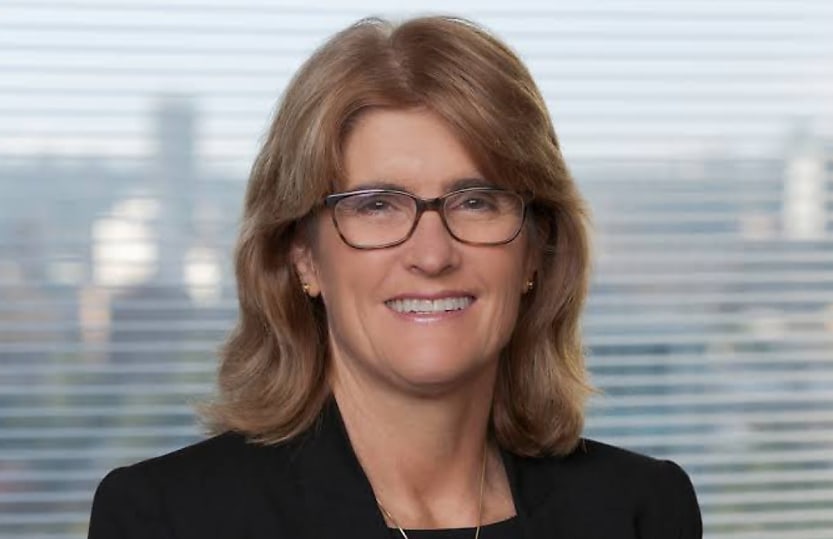RBA shrugs off unemployment rise, says it’s in line with forecasts

The central bank has shrugged off June’s rise in employment, saying the figures align with its forecasts.
In a speech at the Anika Foundation fundraising lunch on Thursday, RBA governor Michele Bullock provided further insights into the RBA’s shock decision to hold interest rates, backing the decision despite an uptick in unemployment in June.
“While the unemployment rate has risen since its trough in late 2022, including an uptick in the month of June, there has been significant jobs growth in aggregate. Instead, the labour market has adjusted in some other – less disruptive – ways,” Bullock said.
She reiterated that most of the easing in Australia’s jobs market was through cuts to hours worked and reduced job-hopping, a less destructive form of easing than layoffs.
“First, job vacancies have declined from a very high level as firms have slowed hiring activity.
Second, the average number of hours that people are working has declined,” Bullock said.
“Having your hours cut is tough, but it’s often preferable to losing a job altogether. And it’s worth noting that some of this decline in hours has been voluntary, especially over the past year or so.”
Australia’s unemployment rate rose to 4.3 per cent in June, marking a 0.2 percentage point rise. The central bank asserted that the rate remains low by historical standards despite the restrictive nature of monetary policy.
Its employment-to-population ratio also remains higher than that in peer economies such as the US, UK, Canada, Germany, New Zealand and Sweden.
In her speech, Bullock reiterated the RBA’s ‘measured and gradual’ approach to monetary easing, noting that the RBA didn’t hike interest rates as much as other central banks did. This also meant that it wouldn’t lower rates as sharply.
She added that monthly CPI data hadn’t given the RBA enough confidence to cut interest rates in its July meeting, prompting it to wait for quarterly figures.
“We expect trimmed mean inflation to fall a little further in the June quarter in year-ended terms. However, the monthly CPI Indicator data, which are volatile, suggest that the fall may not be quite as much as we forecast back in May,” Bullock said.
She also said recent inflation figures had been dampened by temporary cost-of-living relief, meaning that inflation would likely rise again after temporary support measures unwound.
“As that effect unwinds, we expect headline inflation to pick up to around the top of the band at the end of this year and into the first part of 2026.”
Bullock’s comments suggested that the RBA’s forecast rebound of inflation, as well as the ongoing resilience of Australia’s labour market, were key factors that influenced the shock decision to hold interest rates.
She also reiterated that price stability was important for investment and employment in the long run.
“In the end, the best way to promote the economic welfare of Australians is by achieving low and stable inflation alongside full employment.”
About the author

